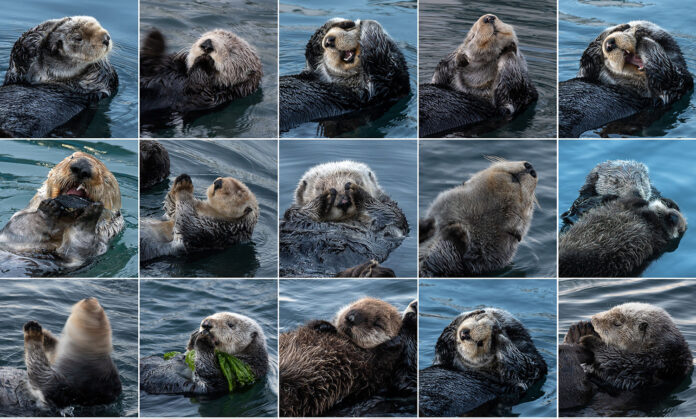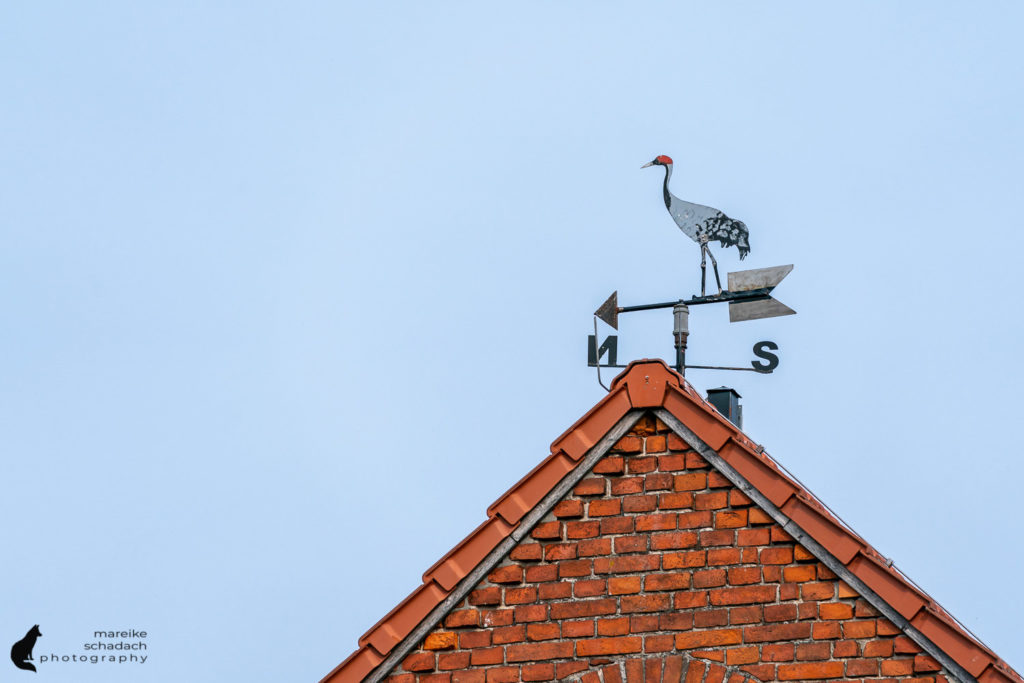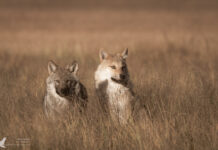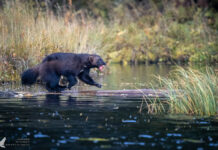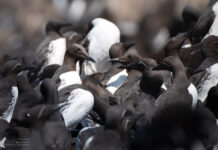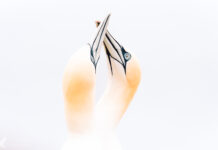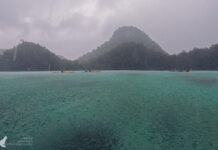Not every good picture is a good picture. But often you only realize that at second glance. And only when you look a little beyond the frame. What you then see can be the exact opposite of what the photo shows: trampling behind barriers, startled or fed wild animals or reckless noise and jostling at observation platforms. To ensure that wildlife photography is not at the expense of the animals, there are a few things to do...or not to do.
Unassigned, unpaid advertising. The article contains affiliate links.



No picture without a Plan - Research and Preparation
A good photo needs to be planned. Landscape photographers know this and use apps such as Photo Pills to plan the light and the position of the sun or moon. Wildlife photography also needs to be planned, because the more you know about the animal species and its behavior, the better your chances of taking a good picture.
And why is good planning important for the animals?
If you know where and how the animals live, what rhythms they follow and when they react most sensitively to disturbances, then you can adjust your behavior accordingly and disturb the animals less. You will also be safer when you are out and about. Because some animals are not to be trifled with during the breeding season or when they have offspring. You should be aware of this. Examples of this are Arctic terns or broods with young.
Depending on the intention, I ask myself the following questions before setting off:
- Where does the species live at what season/time of day can the animals be seen and where exactly? What is the probability of a sighting?
- How do the animals behave at the respective season/time of day (feeding, resting, mating...)? How do the animals react to humans in this particular habitat (flight, aggression, approach)?
- When are the animals at their prettiest (plumage)?
- In which month can young animals be observed or courtship behavior?
- What protection status does the animal have? Does it live in a protected area and if so, what rules apply there?
- Are there any dangers from the animal or the habitat where it lives?
- What equipment do I need to photograph the animal? (e.g. macro or telephoto lens)?
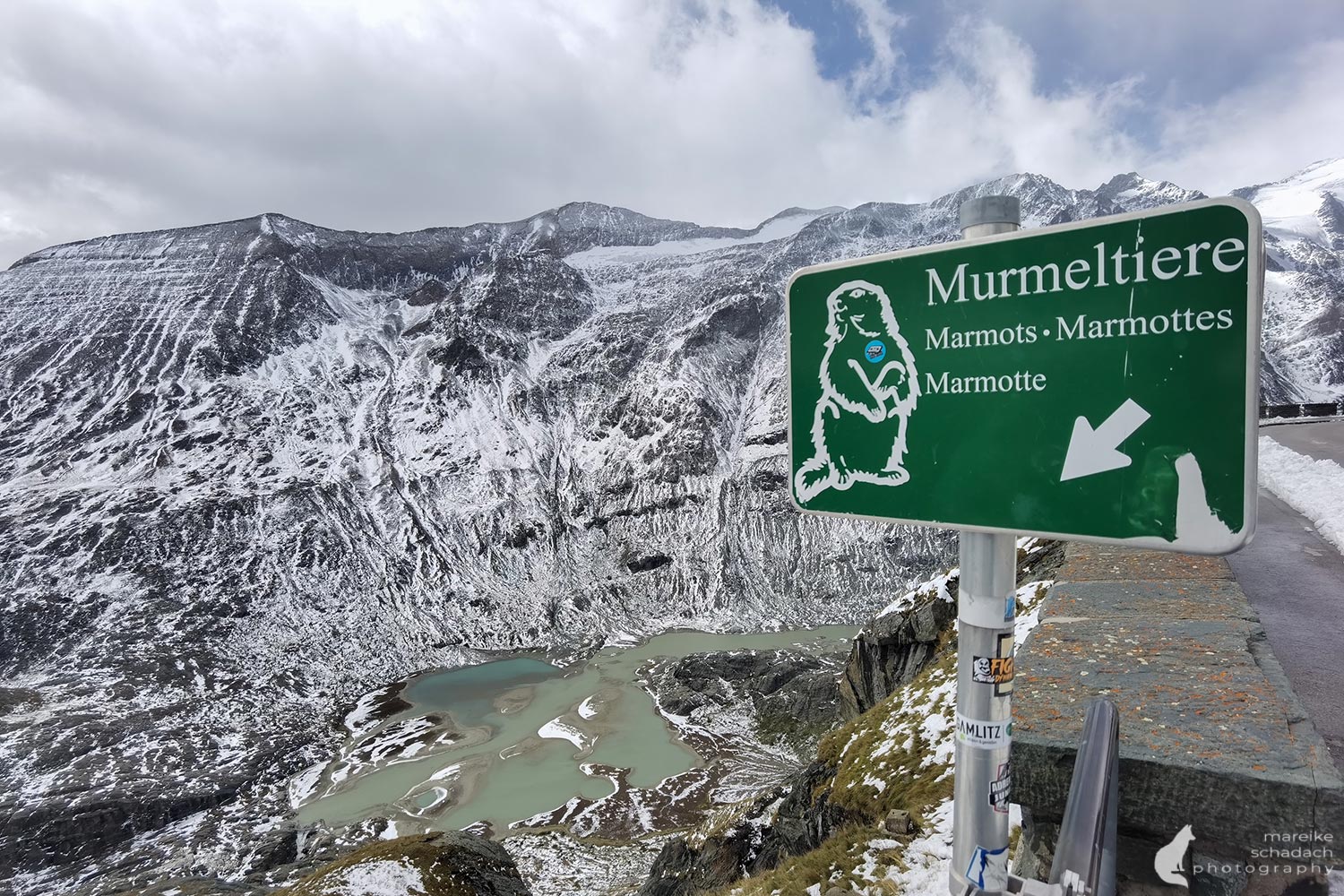
Basic Principles: Do not disturb or destroy anything
As soon as we photographers have discovered an interesting animal, it is difficult to resist the temptation to get closer. I know this all too well myself. But in most cases, getting closer doesn't help anyway. The movement and noises you make as you approach will drive the animal away anyway. As soon as the animal stops eating, lifts its head and looks in your direction, you are too close and disturbing the animal. It will now flee or possibly attack. Or maybe it will just pretend to.
If you follow the following principles, the animals will thank you for it:
- Observe the animals' reactions and retreat as soon as the animal becomes nervous.
- Be vigilant during the breeding season so that you are not too close to the nest. Pay attention to the birds' warning calls.
- Young birds are usually curious and may even approach you. Retreat, however difficult it may be.
- Never get between the mother and the young.
- Do not follow animal tracks into the undergrowth, as this is an important place of retreat, especially in winter and during the breeding season.
- Every flight reaction of the animal consumes energy. This can be particularly critical in winter when food is scarce.
- Do not block the animals' escape route.
- Do not feed animals.
- Do not call in the direction of the animals and do not throw anything at them just to get a better photo.
- Do not modify nests or touch eggs.
- Do not use flash with nocturnal animals, as their sensitive eyes will be severely dazzled. A less intense continuous video light is more suitable here.
- Keep your distance from breeding caves, nests or reed beds (especially if you are traveling by boat).
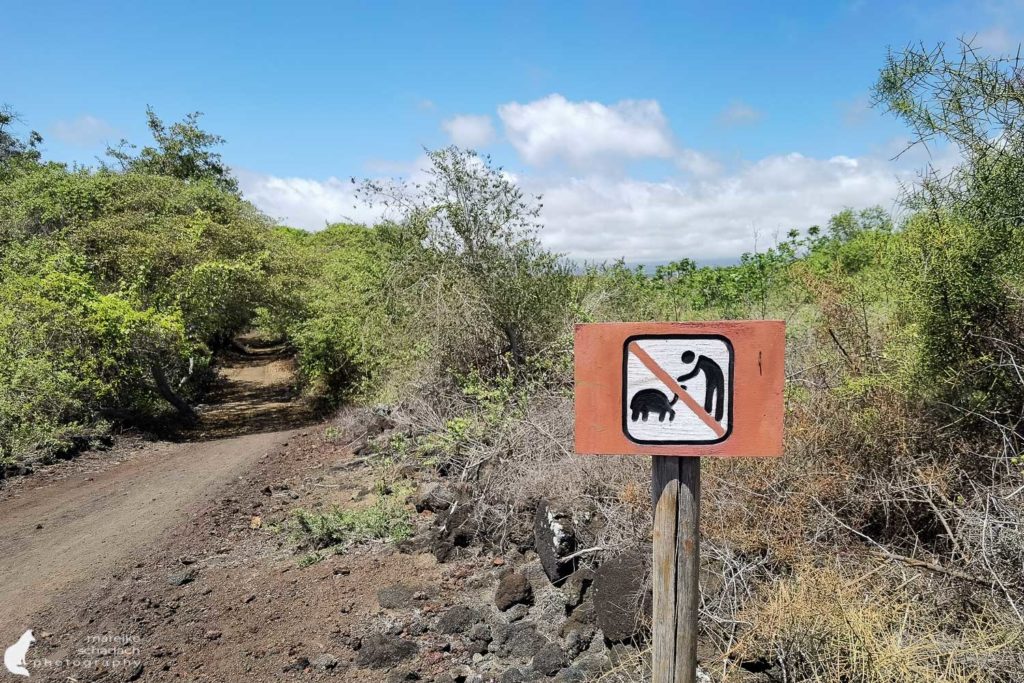

Nest Photography
No picture is worth risking the life of an animal. But it can happen too quickly that parent birds are disturbed so much during breeding that they give up or abandon their young. Eggs and chicks then cool down, starve or become a snack for sea eagles or raccoons. It is essential to avoid disturbing the animals during this important time. This means keeping your distance from nests or feeding animals.
Nest photography is reserved for professionals who shoot with long focal lengths from a hiding place and know what they are doing. With telephoto lenses between 600 and 800 mm focal length, a photo hut or other camouflage and a lot of sensitivity for the animals, some things are still possible that are no longer possible with a smartphone. But sometimes a bit of luck is also involved, as there are also favorable breeding places under a roof ledge, in front of the window or on your own balcony, where you are then a little closer to the action. But even here it is not possible without being considerate of the animals.
On your own or on a guided tour?
It is comparatively easy to photograph birds and squirrels on your own in the park. But if you want to take photos of musk oxen or bears, it gets more complicated. You will probably need a guided tour with a local guide or a photo hut. Many places offer guided wildlife observation tours or you can use established observation platforms or photo huts, such as in Linum near Berlin or in the Kranorama in Mecklenburg-Vorpommern for crane photography. The advantage of observation platforms and photo huts is that visitors are concentrated and the animals are less disturbed as they are used to people at these observation points.


Worthwhile Locations for Wildlife Photography in Germany are, for example
- Cranes: Observation platforms and guided tours of the crane flight at the Linum ponds; observation platform and photo huts Kranorama in Mecklenburg-Vorpommern; crane flight Pramort on the Darß
- Deer: Various viewing platforms in Darß Ort, guided tours to the deer rut from early September to early October
- Wolves: Lusatia, for example, viewing platform at Berger See or Wolkenberg
- Gannets and seals: The only colony of gannets can be found in Helgoland. Seals can also be observed here, with offspring in winter.
- You can also photograph various bird species on the tours or from the observation huts of Ranger-Tours fotografieren.
Please note: the use of SLR cameras is sometimes restricted in the observation hides as they cannot trigger silently.
Would you like to take more photos? Then take a look at the e-books from Fotonomaden. In the "slow & simple" photography e-books (winter, forest, water, flowers & blossoms) you will always find 40 photo ideas on the respective topic. Each inspiration is accompanied by several sample images as inspiration and simply explained, easy-to-implement tips. (only in German)
The way to the Picture - compulsory Paths, Barriers, and other Regulations
Wild animals know forest roads and hiking trails. They often use them themselves and leave their tracks on paths. The animals know that people or cars move along them and leave just as quickly as they come. Irritation occurs when paths are left, people stop on the path or someone gets out of a stationary car. Then they quickly flee. Every flight and runaway costs the animal energy. In times of food shortage, heat, or cold, the animal is exposed to unnecessary, additional stress.
Before I go into an area to photograph wildlife, I check the following points:
- How accessible is the area? Is there a compulsory route for hikers? Are there any closed areas or other restrictions?
- Are there any additional seasonal restrictions, such as during the breeding or bird migration season?
- Are there viewpoints, observation platforms or huts that I can use?


Take Responsibility for the Place
Have you discovered a fox den or a lovely spot with a breathtaking view of the lake and its resting migratory birds? Or perhaps a nest of a rare bird species? What will happen if you share the photo with the location or even the coordinates on social media?
Please note: The location is often set automatically in the cell phone or camera and must be removed manually before uploading.

Book Recommendations for Wildlife Photographers
Would you like to learn more about wildlife photography? Then I have three book recommendations for you. You can order the books* from Amazon by clicking on the images. If you buy a book or another article via an affiliate link, I will receive a small commission and you will help me to continue to fill Wanderlust Motifs with interesting articles. The product will not be more expensive for you.
Do you have any questions about my article? If so, please write me a comment!
Do you want to know when there are new articles on my blog? Then follow me on Facebook, Pinterest or Instagram. I would also be very happy if you share my article with your friends.
Recommendations for further Reading
Do you want to start photographing birds right away? Then take a look at my article on Birdwatching in the Pond Landscape Linum or Birdwatching for Beginners - with Binoculars in Search of Happiness .
